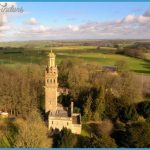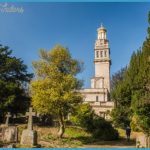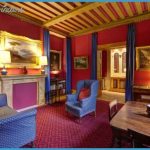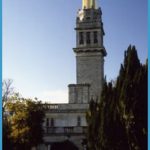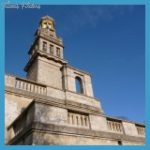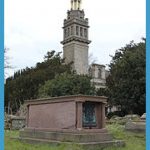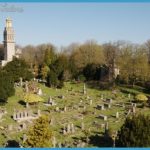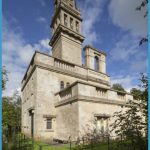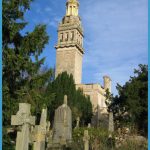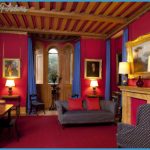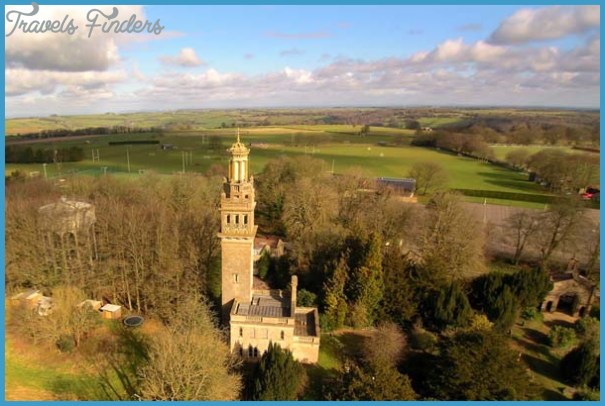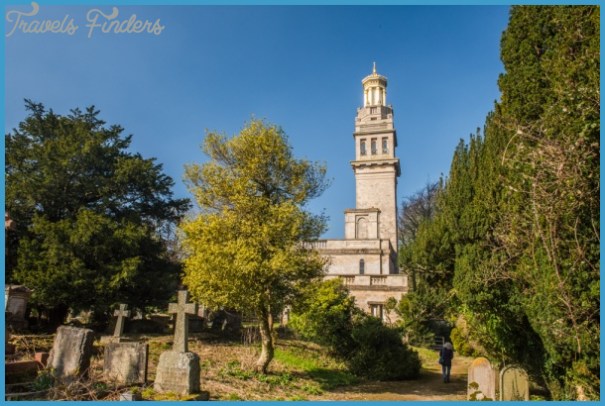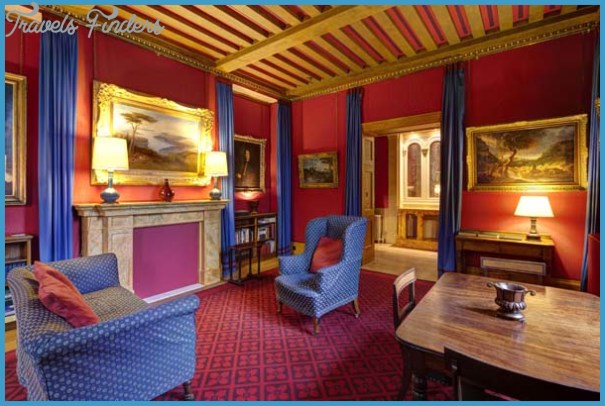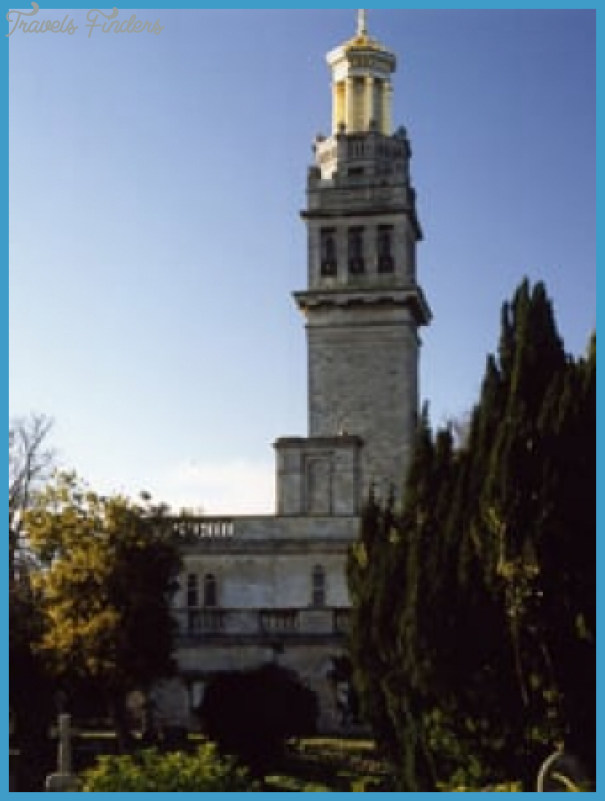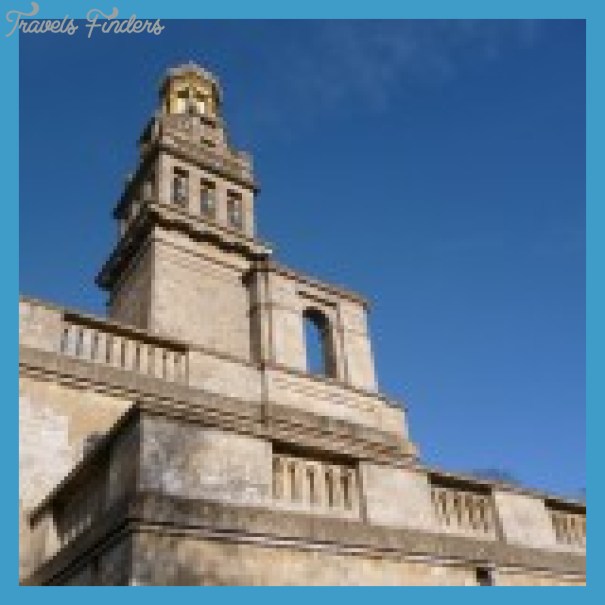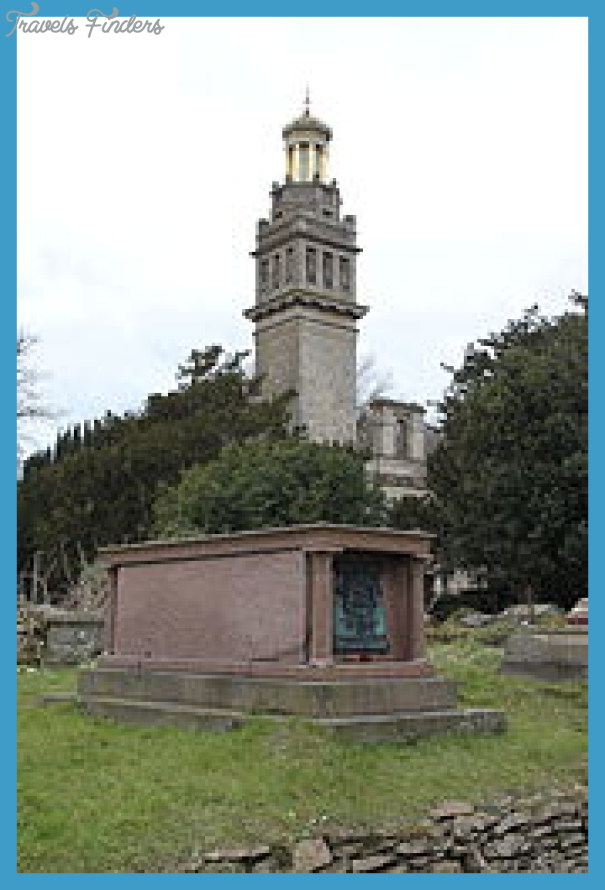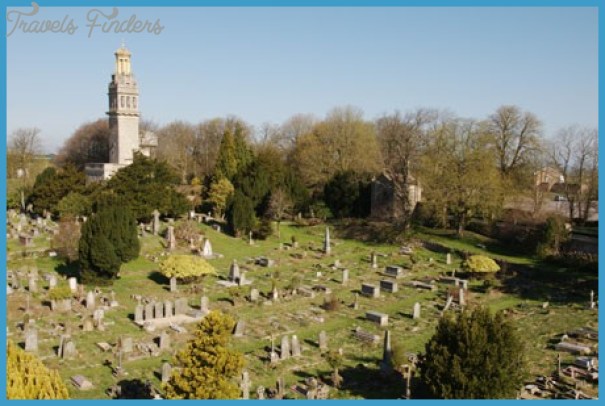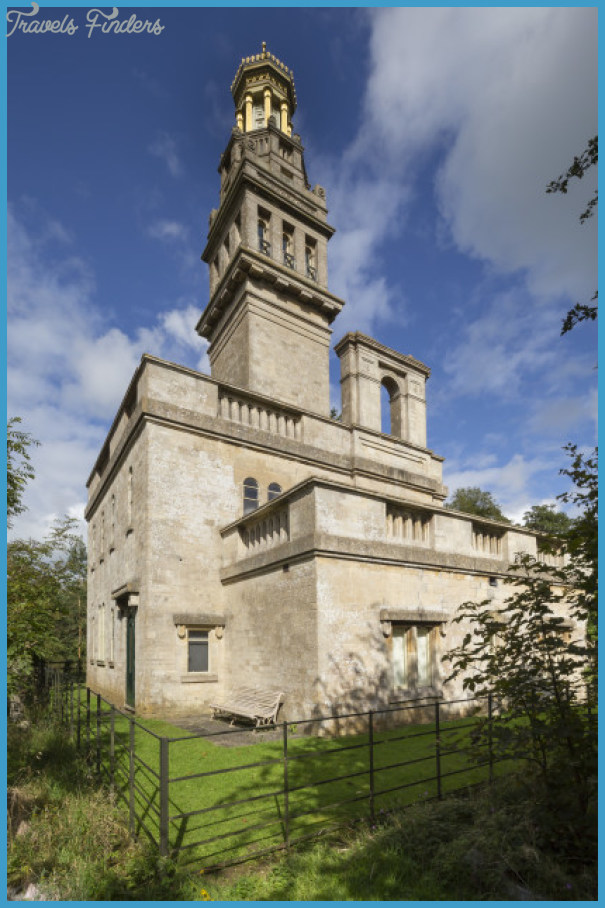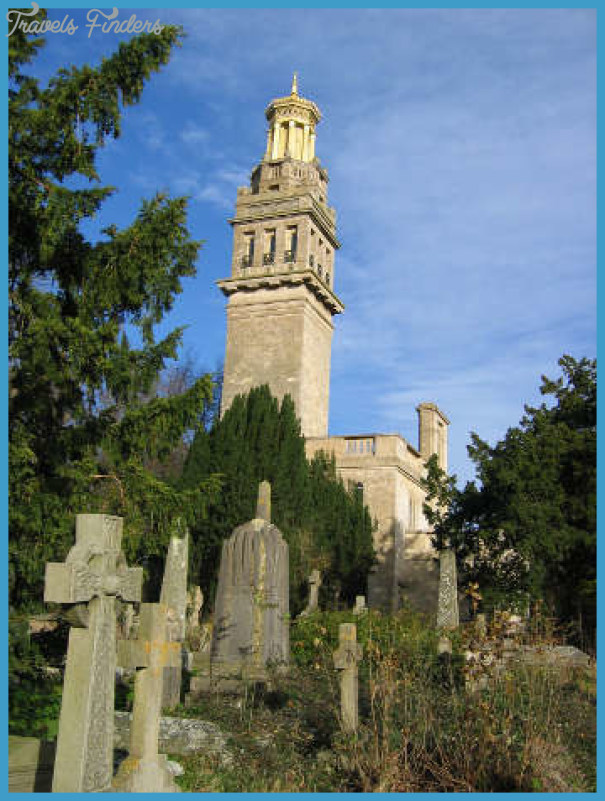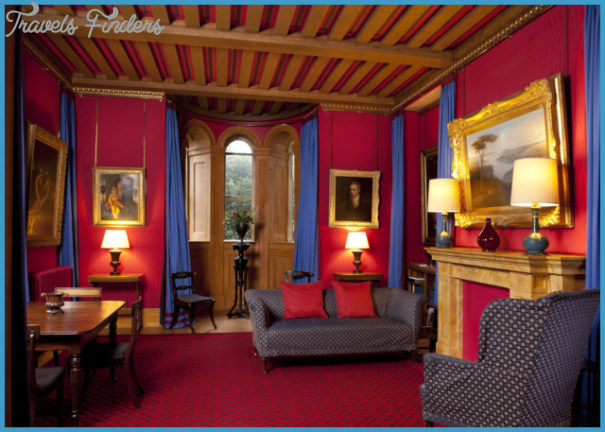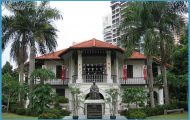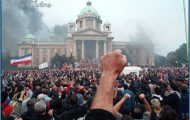BECKFORD MUSEUM
The inclusion of William Beckford here may raise eyebrows. Music was one of the ruling passions of his privileged life and composition one of his leisure pursuits. He is best known as author of the ‘oriental novel Vathek, although he also published diaries of his European tours with numerous references to the musicians he met and heard. Born in London in 1760, he was the son of Alderman Beckford, who left him a vast legacy of sugar plantations in Jamaica as well as Fonthill Splendens, the family estate in Wiltshire. Beckford claimed to have had music lessons from Mozart in Frith Street, during the Mozarts visit in 1764-5; the family townhouse was in nearby Soho Square. According to Beckford, his father invited the Mozarts to Fonthill.
Beckford was a high tenor, said to have sung castrato arias in their original keys, and an accomplished harpsichordist, pianist and organist. He was passionate about Haydn and Mozart and opera and counted many famous singers among his acquaintances. His own compositions, mainly from the 1780s, include only one published work ; only a handful survive, including an ‘Arcadian Pastoral given privately in London in 1782.
Beckford’s Tower & Museum Photo Gallery
Architecture was another of his preoccupations. Unencumbered by financial restraints, he commissioned James Wyatt to design a Gothick ruin for Fonthill in 1790; the result was Fonthill Abbey. Beckford filled it with art treasures, mainly French, opportunely acquired in Paris in 1789. He eventually tired of his grandiose folly and in 1822 sold it; three years later the central tower collapsed, for the second and last time.
In 1822 Beckford moved to Bath, buying two intercommunicating houses, nos.19 and 20 Lansdown Crescent. He also bought land behind the Crescent, extending uphill for a mile. He rode up to the top each day and from the beginning intended to build a tower from which to contemplate the surrounding countryside. He commissioned Henry Goodridge to produce plans for a 120-foot tower, inspired by Italian and Greek models, with a belvedere and lantern at the top and a two-storey building at its base; by 1827 the exterior was completed. The ‘Belvidere’, with its 12 plate glass windows, is reached by a circular stone staircase of 154 steps, from which 53 wooden steps ascend through an octagonal lantern to the cast-iron cupola. Beckford thought it gave ‘the best prospect in Europe’.
The building at the bottom was always more museum than dwelling. He filled the rooms with art including paintings by Titian, Raphael and Canaletto, drawings by Rubens and engravings by Rembrandt and Durer, and portions of his extensive library. The Scarlet Drawing Room on the ground floor provided a setting for his finest china. Beckford’s love of music continued undimmed: his collection of instruments in Lansdown Crescent included an upright grand piano and several string instruments, including a 1647 Stradivarius violin.
After Beckford’s death at the age of 83 in 1844, his daughter, the Duchess of Hamilton, sold the Tower to a publican for a beer garden, then bought it back. Beckford had intended to be buried there, but as it was unconsecrated he was buried in the Bath Abbey cemetery. After the Duchess gave the Tower and grounds to the local parish her father’s body was re-interred there and the stone piers and ornate iron railings surrounding his pink granite sarcophagus designed by Goodridge were installed. The Tower and grounds were consecrated in 1848 and the Scarlet Drawing Room became a funeral chapel. A fire in 1931 destroyed much of the original interiors and during World War II the Tower was requisitioned by the Home Guard as an observation post. In 1972 the ground and first floors were converted into a residence known as Beckford House. Today the Tower is owned by a trust and open to the public. The first floor and the Tower are now a museum. The former libraries are devoted to a display of Beckford’s early life at Fonthill, while the former Crimson Drawing Room contains displays of items associated with his time in Bath.
Beckford’s admirable collections have been dispersed, his writings and music largely forgotten. While nothing remains of the house in Soho Square or of Fonthill Abbey, a small plaque on 19 Lansdown Crescent recalls his residence there and the Tower and cemetery still celebrate his memory. There are no known musical associations with the Tower, and nothing in the current museum displays refers to Beckford as a composer. But the view from the Tower make a pilgrimage to this unlikely memorial to a forgotten musical amateur worth while.

